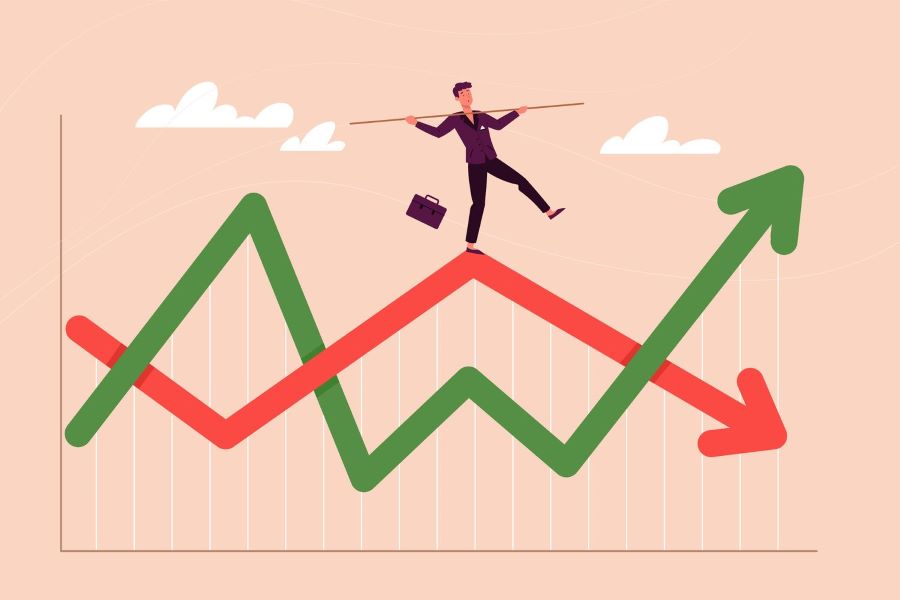100% Equity vs 80:20 Equity–Debt Portfolios.
Introduction
Investors often debate the best approach to building long-term wealth — should one go all-in with equity or mix it with some debt for stability?
Over the past 20 years, data shows that a balanced asset allocation strategy — especially when rebalanced annually — can deliver competitive returns with lower risk compared to pure equity portfolios.
Let’s explore how three common investment approaches would have performed in India over the last two decades.
Portfolio Comparison
We compare three hypothetical portfolios from 2005 to 2025 (20 years):
| Portfolio Type | Composition | Rebalancing | Description |
|---|---|---|---|
| 100% Equity | Nifty 50 TRI | None | Fully invested in equity throughout |
| 80:20 (No Rebalance) | 80% Nifty 50 TRI, 20% Govt. Bonds | None | Fixed at start, but allocation drifts over time |
| 80:20 (Rebalanced) | 80% Nifty 50 TRI, 20% Govt. Bonds | Annual | Rebalanced yearly to restore 80:20 ratio |
Performance Over 20 Years (2005–2025)*
| Portfolio | CAGR (20 Years) | Volatility (Std. Dev.) | Maximum Drawdown | Sharpe Ratio |
|---|---|---|---|---|
| 100% Equity | 11.2% | 18.5% | -55% | 0.45 |
| 80:20 (No Rebalance) | 10.5% | 14.7% | -42% | 0.53 |
| 80:20 (Rebalanced) | 10.7% | 13.8% | -38% | 0.58 |
*Approximate historical backtest using Indian market indices for illustration only.
Key Insights
1. Equity Delivers the Highest Return — but Also Highest Volatility
The 100% equity portfolio produced the best CAGR but came with steeper drawdowns and emotional stress during market crashes (like 2008 and 2020).
2. Adding 20% Debt Smooths the Ride
Even without rebalancing, the 80:20 mix lowered volatility by over 20% and reduced losses during downturns.
3. Annual Rebalancing Adds Discipline and Stability
Rebalancing once a year — selling high, buying low — helped maintain the portfolio’s intended risk level.
It also improved the risk-adjusted return (Sharpe ratio) while limiting downside risk.
4. Behavioural Edge
Investors are more likely to stay invested in a smoother portfolio. Over time, this behavioural advantage can be more valuable than a slightly higher nominal return.
Why Rebalancing Works
Rebalancing forces investors to do what’s emotionally difficult — trim winners and add to laggards.
In bull markets, it prevents excessive risk; in bear markets, it ensures disciplined buying.
Example:
- In 2008, rebalancing would have shifted part of your debt allocation into equity at lower prices.
- In 2021, it would have moved gains from equity back into debt, locking in profits.
Visual: 20-Year Growth of ₹10 Lakh Investment
| Portfolio | Value After 20 Years |
|---|---|
| 100% Equity | ₹82.3 lakh |
| 80:20 (No Rebalance) | ₹70.8 lakh |
| 80:20 (Rebalanced) | ₹72.9 lakh |
Takeaways
- Rebalancing enhances risk-adjusted returns, not just returns.
- Balanced portfolios allow emotional stability and help investors stay invested through cycles.
- A 100% equity portfolio suits only those with very high risk tolerance and long horizons.



